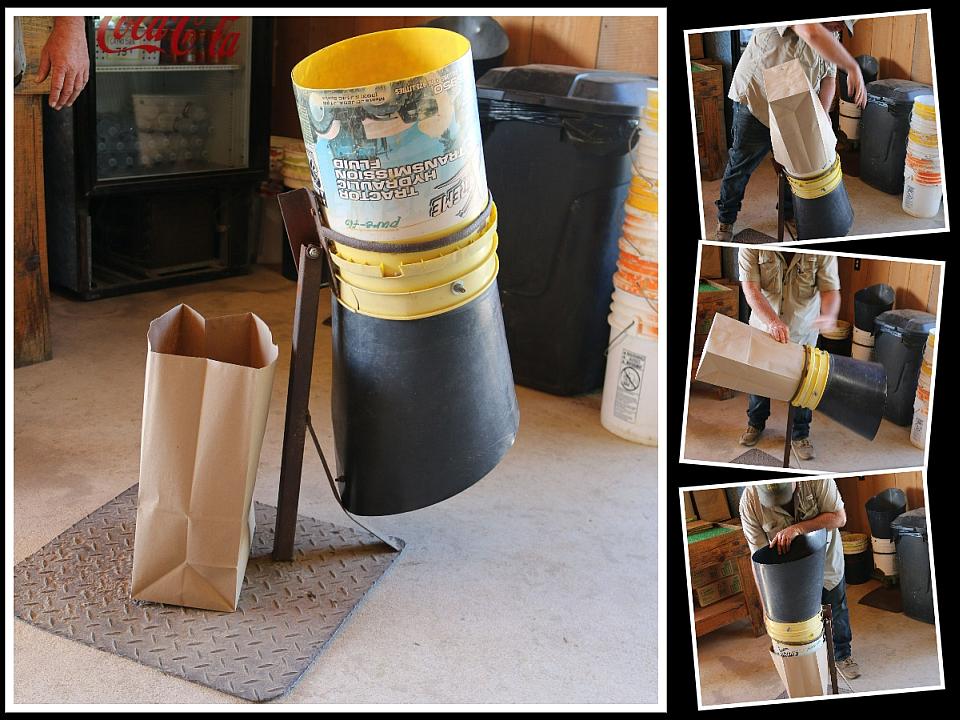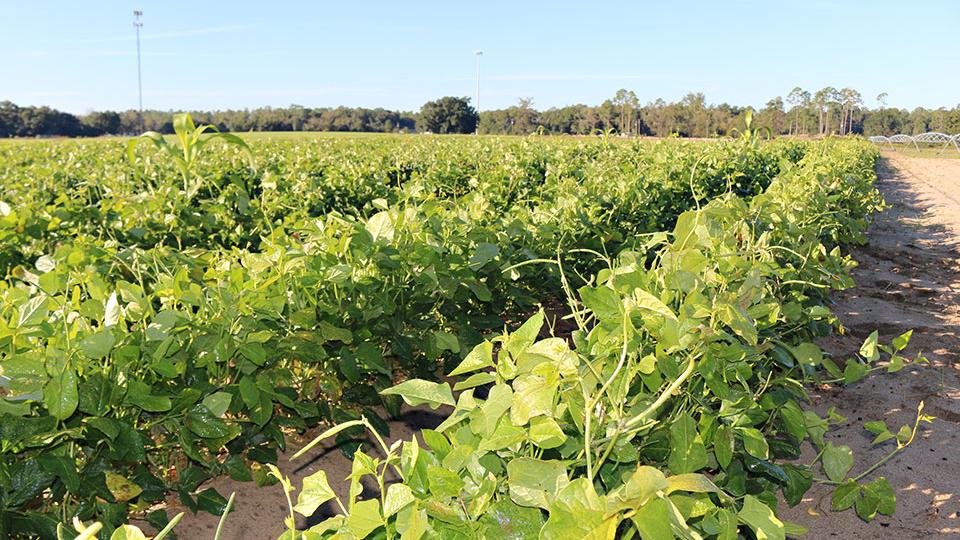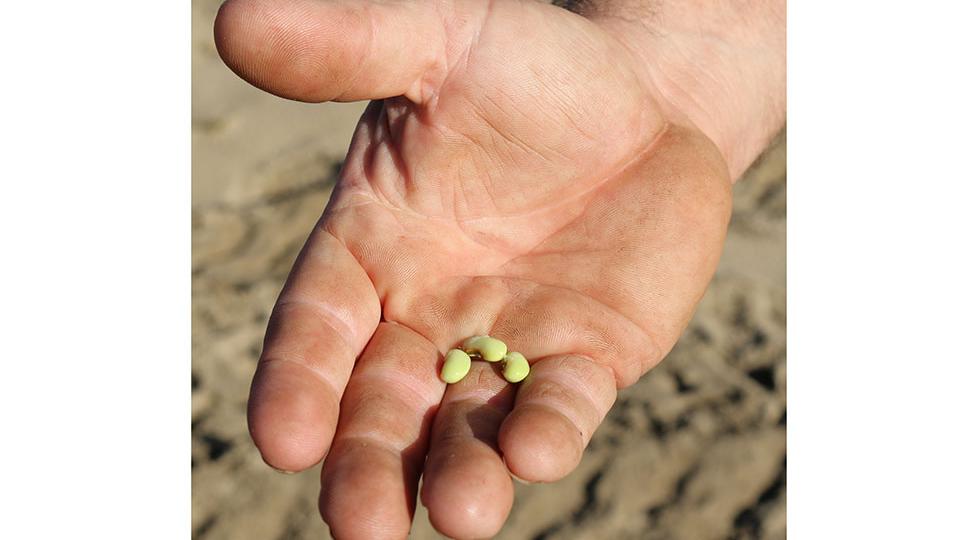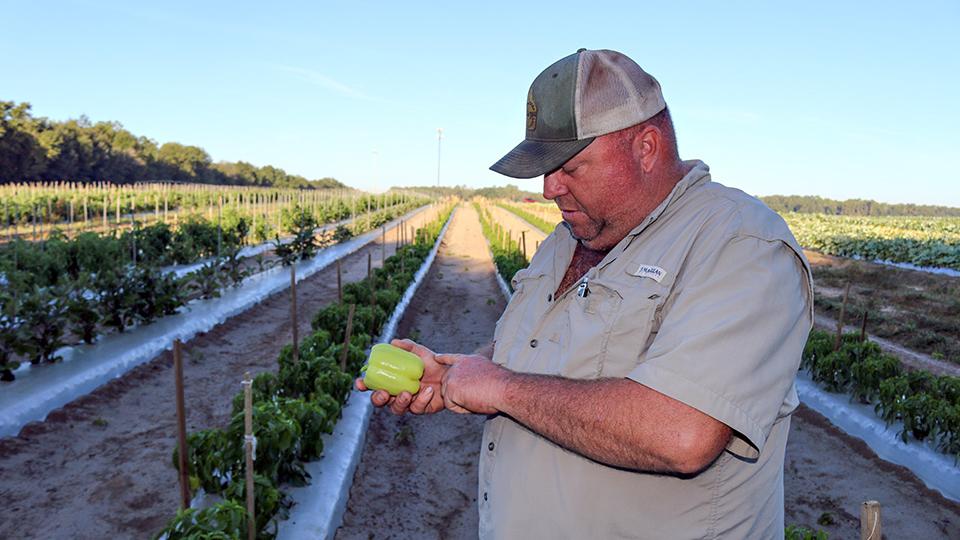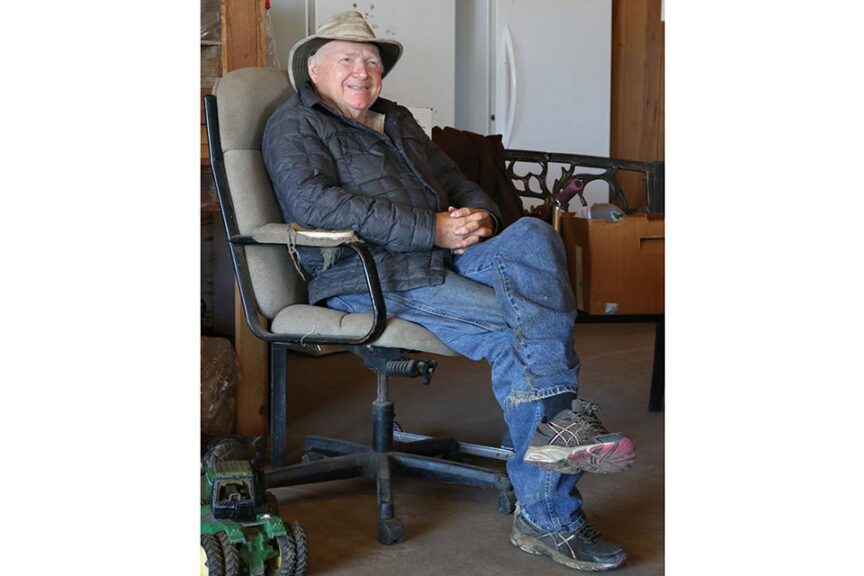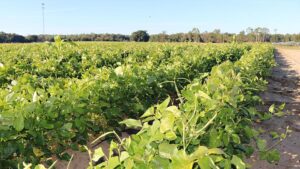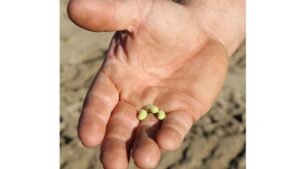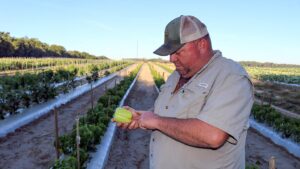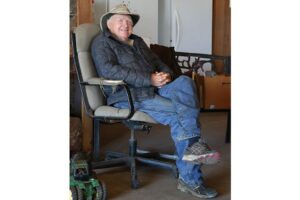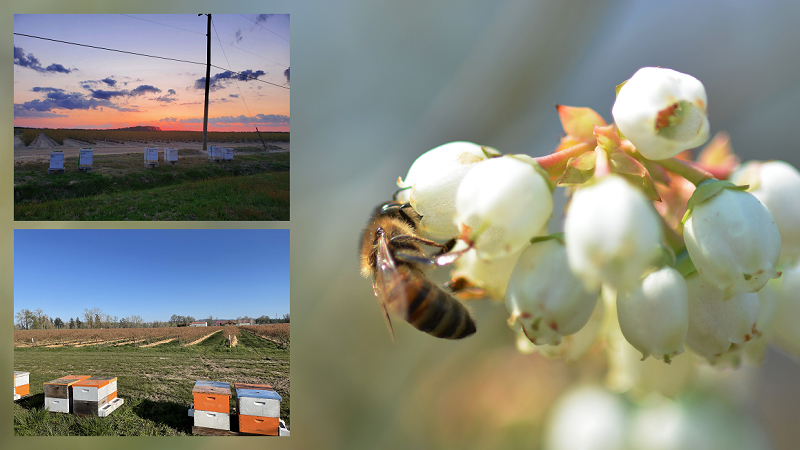A New Take on a 110-Year-Old Vegetable Farm
Justin Long, third-generation owner of Long Farms in Bainbridge, GA, is seven years into running the family operation. He’s taking the 110-year-old farm into new directions, which means it’s almost as if he is a first-generation farmer.
The farm used to be primarily a row-crop and beef farm, operating on 1,400 acres. Today, Long has dropped all row crops save for the silage he grows for his cattle. And the small vegetable division is now a major focus for him.
Which is ironic, considering how he felt about vegetables in his youth.
“I hated it,” Long says.
His dad, Gerald Long, had his three kids work the farm to earn spending money.
“That’s how we bought our school clothes,” Long says.
They weren’t as efficient as the crew — Long says it took three of them to pick a single row of peppers while a single fieldworker could pick two rows. But it taught them money management and a work ethic.
How times change.
“Now my favorite crop to grow in the world is a pepper. I love growing peppers. Crazy, ain’t it?” he asks.
A Different Kind of You Pick
The vegetable division has been You Pick, with a small market selling vegetables picked that morning and beef. It was a 30/70 split, with about 30% of the vegetables pre-picked for customers.
Until this year, all vegetable fields were You Pick, with workers harvesting vegetables in the same rows customers gleaned from. Long grows a wide array of crops and rotates fields over his 1,300 acres, which means those picking peas have a significant hike to get over to the pepper and zucchini area.
In 2023, he’s planning to section off You Pick from crops destined for his market. For one, demand for pre-picked has increased sharply. At least half of his vegetable sales now come from pre-picked, inching toward 60%.
The other reason is that his field workers dislike harvesting crops that customers have already gleaned. Long says they’re in essence competing against each other to find the ready-to-harvest crops.
Know Your Community
If you have an on-farm market, Long has learned that you can build loyalty and higher sell-through by paying attention to who lives in your community.
Southwest Georgia is about as rural as it gets, but its people are diverse. It has its traditional white and Black populations, but also Haitian, Southeast Asians, and Hispanics.
Long keeps track of his neighbors. If a longtime customer passes, he sends flowers. If a new face shows up, he introduces himself and answers any questions they may have. And when he hears a request for crops he isn’t growing, he does his homework.
As a result, he grows tomatillos, serranoes, and other hot peppers at the request of his surrounding Hispanic community. His Asian customers are fond of white peas, small eggplant, and okra. His Haitian and longtime locals all love sweet potatoes, collards, and other leafy vegetables.
He’s found that crops he grows for a new immigrant population often find favor with all his customers.
Take a watermelon trial he did in 2022. He already grows large, seeded melons, and seedless varieties, including yellow. When he learned that orange melons are popular among Southeast Asians, he grew a few test rows.
They sold out almost immediately.
Like any trials, the test plots don’t always work out. Long has trialed personal-sized melons for three years now.
“They’re just not a big seller for me,” he says. “I’m probably not going to have any next year.”
Stop Fighting Each Other
Both Long and his father have served on the Farm Bureau (Gerald was the state president for five years), which gives them a broader view of agriculture’s role in the economy and community.
It’s a viewpoint that has shaped Long’s opinion that farmers need to work together.
“Ag is what drives the economy [in our area],” he says. “The landowners’ taxes go to the schools, the hospitals, and the banks. Southwest Georgia runs on agriculture.”
That’s a story repeated in most rural parts of the country. Yet even people living in these areas don’t know how their neighbors produce the food they eat.
With that in mind, Long says it’s time for two things: for farmers to stop fighting each other and for growers to focus on educating the public about what they do.
Take the squabbles among organic and conventional growers. It’s a distraction from the bigger task of breaking down barriers.
“That’s a big problem. We have a big gap between us and the American public,” he says
Back on Long Farms, Long is eager to take his customers onto the farm and explain anything they’re curious about, from crop protection to pricing. He and his wife sat down with other area agricultural players to discuss how to bridge the gap with the public.
“We’re going to have this ag day in Bainbridge where we have a dairyman from Decatur County bringing a cow. We’ll have people bring some horses and some tractors. And we’ll try to explain to these kids where their produce comes from, where the clothes come from, and where everything they eat comes from, so they can take it home,” he says.
It’s a small step that he hopes can transform his corner of America.
At a Glance: Long Farms
Owner: Justin and Kelli Long, fourth-generation owners
Founded: 1912
Location: Bainbridge, GA
Size: 1,300 acres; 150 acres of vegetables in production
Crops: Wide array of vegetable crops
Necessity is the Mother of Invention
Collards and other voluminous crops can be difficult to bag for customers. Justin Long came up with this ingenious solution as a teenager.
